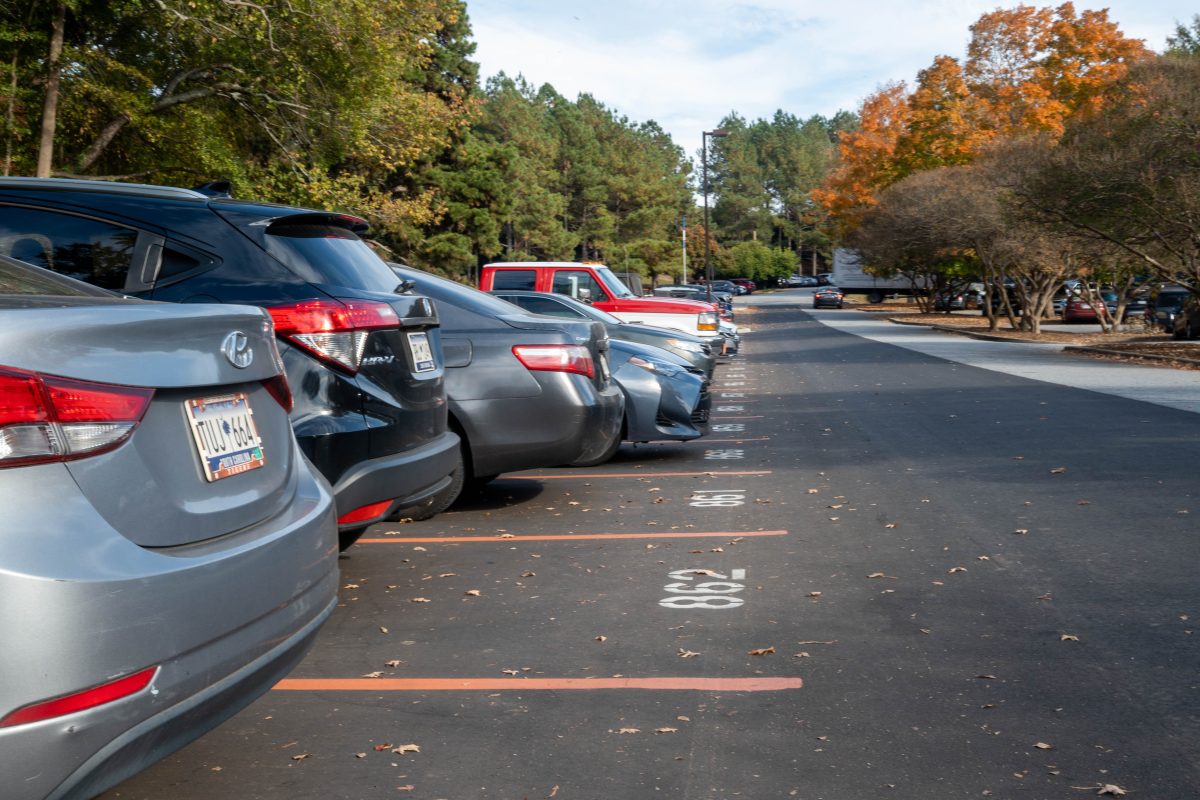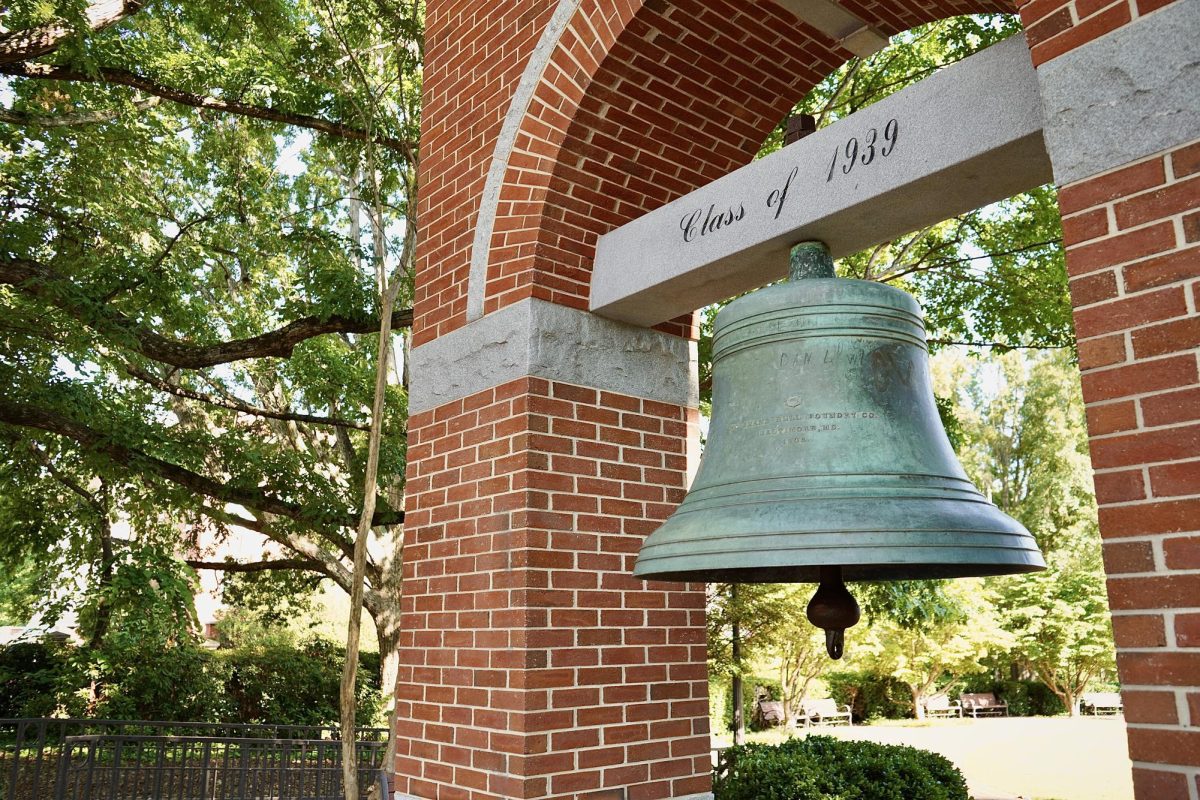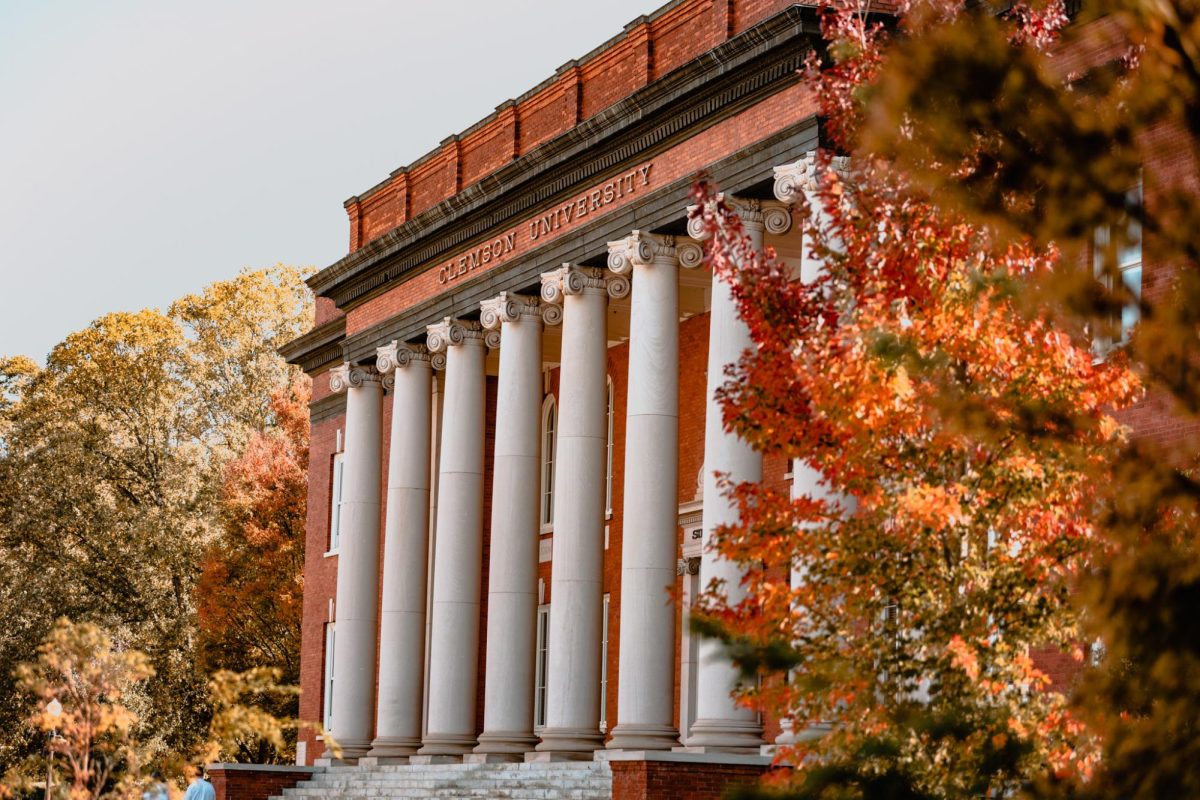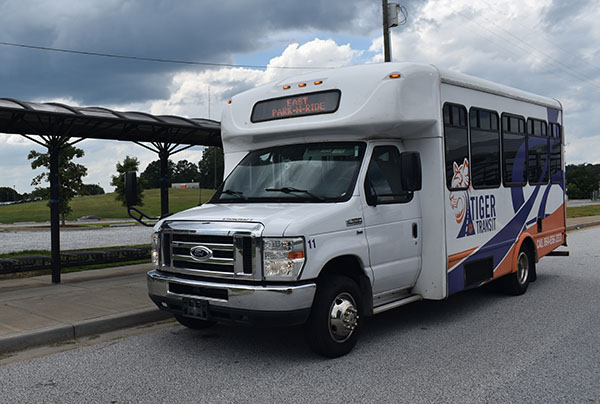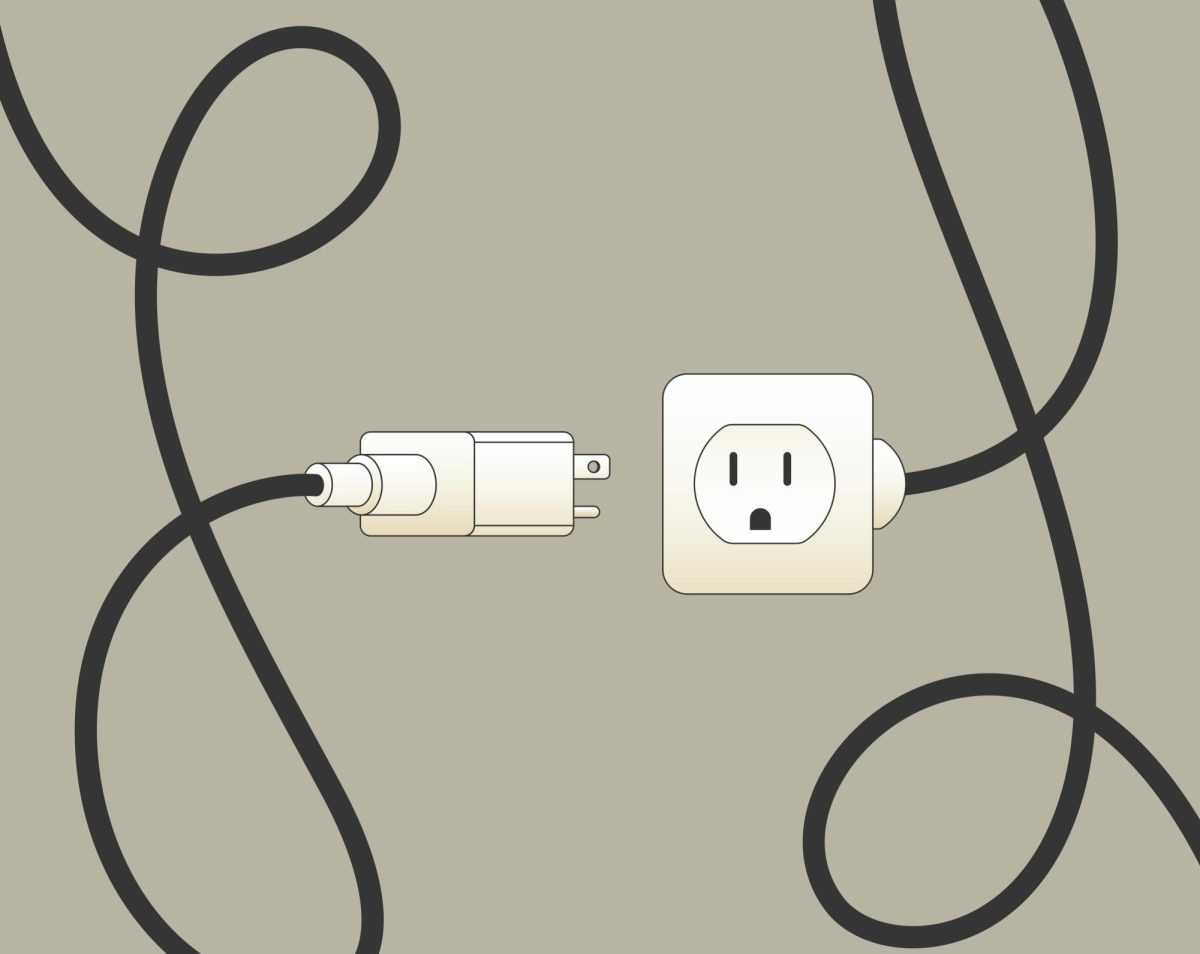While a parking garage is an exciting addition to campus for many commuters who struggle to find parking day-to-day, there are important factors to consider when it comes to this new campus addition that will be taking over C-12.
The most direct negative impact that the introduction of parking garages will have on students in the future is the increased volume of traffic surrounding them. This heightens the likelihood of accidents and puts the safety of students at risk.
The traffic from adding 1,000 more spots will be concentrated on a two-lane road that is already congested as is. Not to mention the strain this density of students will put on the west campus bus routes.
Interestingly enough, this parking garage that is being offered and accepted as a saving grace for student parking is actually only going to accommodate students in about half of the spaces, with the rest being reserved for visitors and faculty, according to a Clemson University spokesperson.
Campus construction is already a hot topic around campus and a big source of what’s causing current parking issues. In fact, the development of the Tiger Walk this past year resulted in a loss of over 850 parking spots temporarily due to construction, causing more difficulty parking.
The new parking garage development will continue this temporary loss of parking while the project persists.
Temporary parking loss may not be a permanent issue, but there are many lasting effects of this construction that are irreversible. Construction and its byproducts account for 23% of air pollution, 40% of drinking water pollution, and 50% of landfill wastes, according to The Impacts of Construction and the Built Environment.
This lengthy process will have a definite impact on the environment that is irreversible.
Similarly, the proposed paving of Kite Hill will have lasting impacts on the face of the campus and the ecosystem in which it exists.
Although one could argue that Kite Hill is not exactly a wonder to be marveled over, the presence of its green space carries many overlooked benefits. Greenspaces, like those seen on Kite Hill, “improve air quality, reduce noise and enhance biodiversity,” according to the European Environment Agency.
The presence of a new parking lot located on Kite Hill would create more environmental destruction since “parking lots are significant contributors to a phenomenon known as the urban heat island effect, in which artificial surfaces retain the sun’s energy in a way that trees and vegetation do not,” increasing the rate of global warming, according to Sustainability at Carleton.
Even though the University is factoring in many environmental, aesthetic and sustainable factors, this project still creates irreversible environmental effects that they cannot offset.
If the environmental impact is not enough to get under your skin, then you should know that this project will generate high costs that could be going to other places that benefit students more.
Providing more funding to resources like Counseling and Psychological Services or to student organizations is a present plea of students, and it comes with virtually no drawbacks and a less lengthy time frame.
Not to say the addition of a parking garage is the end of the world, or even necessarily a bad thing, but it is just important to keep its effects in mind.
Kylie Tutterrow is a sophomore political science major from Spartanburg, South Carolina. You can reach her at [email protected]



